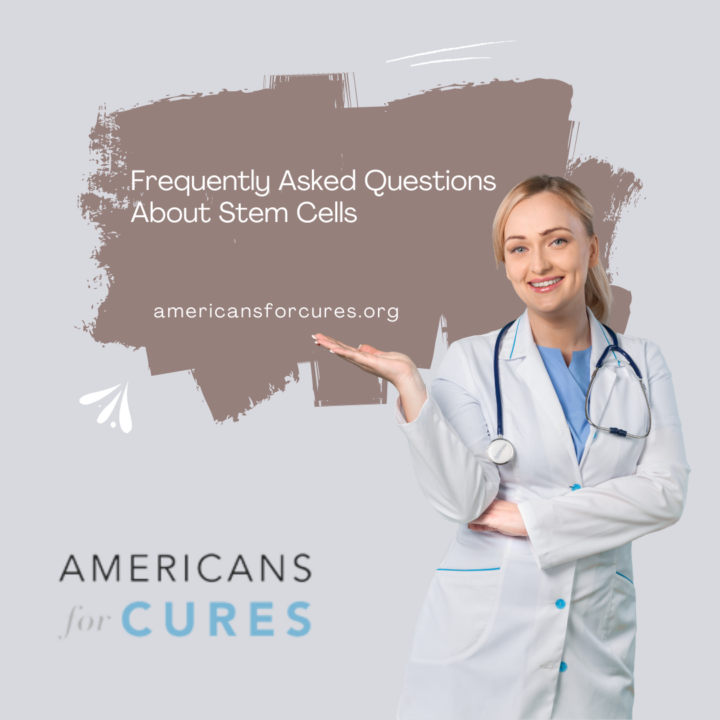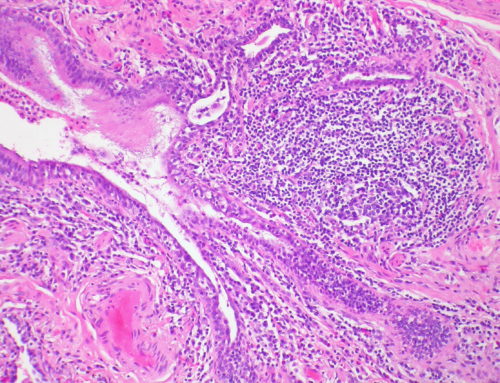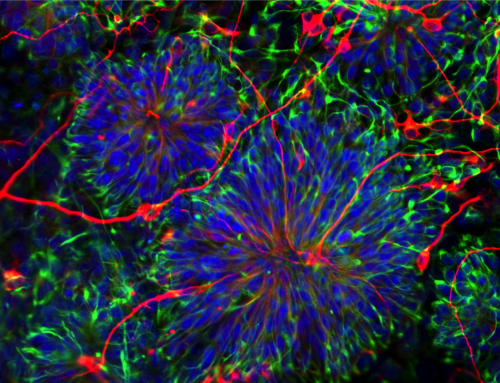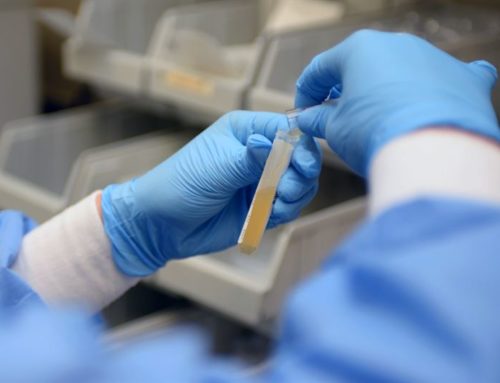What are Stem Cells?
STEM CELLS are the future of medicine. Human stem cells offer hope to people with a wide range of devastating diseases and conditions like Parkinson’s, Alzheimer’s, diabetes and more. They can also be used in research to discover new treatments and cures; they can generate organs for transplantation; they can help regenerate damaged tissues, organs and cells; they can reverse heart damage caused by ischemic injury; they can save lives…
Stem cells are immature cells that have the ability to differentiate into almost any kind of tissue. They can be found in a person’s body throughout an adult lifetime, but for some reason, only during a person’s very early years do stem cells have the ability to differentiate into adult tissues such as muscle and bone marrow.
In 2008, stem cells were discovered in jellyfish. In 2011, scientists discovered the existence of these same types of stem cells in humans. Now the long-held belief is that we have all had a type of stem cell inside us since our birth. These embryonic-like stem cells reside throughout our bodies and are responsible for repairing or forming new organ tissue as needed by our organs when damaged or diseased.
What are the potential uses of stem cells?
Stem cells are able to develop into many different cell types, such as neurons and erythrocytes. However, stem cell research is only in its early stages, so we don’t yet have a full understanding of its potential applications. Some uses include: Replacing damaged tissue by replacing it with new tissue (xenotransplantation); Increasing the length of telomeres (a component of DNA that can help protect the chromosome from deterioration); Regulating gene expression; Treating or preventing cancer; Regrowing organs and limbs when damaged by injury or disease;
Determining whether a fetus has Down syndrome during pregnancy; Retraining an adult’s brain to work in a new way when necessary through brain stimulation Techniques like deep brain stimulation.
Types of Stem Cells
Adult stem cells are the most abundant and come from the bone marrow. Embryonic stem cells are derived from human embryos and work best in tissues that require rapid replacement, such as blood and other organs (especially brain). Induced pluripotent stem cells can be found in the skin and are made by reprogramming skin cells. This is one of the most promising fields of new research, since it is capable of producing more human-like tissues.
What is the difference between embryonic stem cells and adult stem cells?
Adult stem cells can be found in human body and adult bones, while embryonic stem cells are created from human embryos. Embryonic stem cells are similar to the embryonic tissue in an early stage of development. Embryonic stem cells can differentiate into different types of specialized tissues such as brain or muscle cells. Adult stem cells on the other hand, not only come from non-human sources but also have no direct relation to an embryo. Thus, these kinds of adult cell treatments have been integrated with more ethical standards and more restrictions.
How long do stem cells last?
Stem cells have a lifespan, but the timeframe varies from stem cell to stem cell. Some stem cells can only survive for a few days. The longest lived type are peripheral blood-derived mesenchymal stem cells that can survive up to three years in vitro. Some other types of stem cells have been found able to live up to 30 days. In 2007, scientists isolated a promising 5-year old human embryonic stem cell line with increased longevity, but this has yet to be replicated and no longer represents an effective source for unlimited supply (through cloning) of human embryonic stem cells.
Can a stem cell turn into any cell?
Yes, stem cells can turn into almost anything. The question is whether the new cell will be any good. This does not mean that you should focus on turning stem cell into neurons because neurons are rather inefficient for all practical purposes.
Any kind of cell (say liver) can be turned into a better and more efficient one (for example diabetes pancreas or insulin producing cells). The problem is that this takes time to happen and, most importantly, you need a lot of them to get anything useful out of it…
How are adult stem cells obtained?
In order for adult stem cells to be obtained, the person would need to donate their bone marrow. This is when a patient will receive chemotherapy or radiation therapy in order to destroy all of their marrow cells. Once all of the marrow is destroyed, this method begins the harvesting process.
During this time, a doctor will insert a tube called an umbilical cord blood collection kit into the arm vein of the patient. After this, it is sent away for processing in a special lab until it reaches adulthood (20 days). The stored mature stem cells are then extracted and used as replacements for damaged blood cells by being infused into the patient’s bloodstream either through an intravenous pump or via injection or injection directly into specific bones.
How safe are stem cell treatments?
Stem cell treatments can be effective in the treatment of various diseases, but because they are derived from the body, there is a chance of immune response. The problem with stem cell treatments is that they are not perfect; they will not cure every patient who receives them and people still have to risk a potential infection.
Why is stem cell research important?
Stem cell research is important for medical research. Scientists have discovered that stem cells are the basis of all tissue and organ development. The discovery of stem cells has led to significant advances in treating Parkinson’s disease, diabetes and heart disease. Stem cells also hold great promise for regenerating other tissues as well as repairing damaged organs such as the brain, heart, liver and kidneys. For example, scientists have produced new human brains from stem cells and grown human teeth — a major advance that could eventually lead to treatments for facial disfiguration, like cleft lip or a cleft palate (a birth defect in which there is an opening between two parts of the mouth).




















